Video tentang The Humble Hero: A Deep Dive into Chicken Noodle Soup
The Humble Hero: A Deep Dive into Chicken Noodle Soup
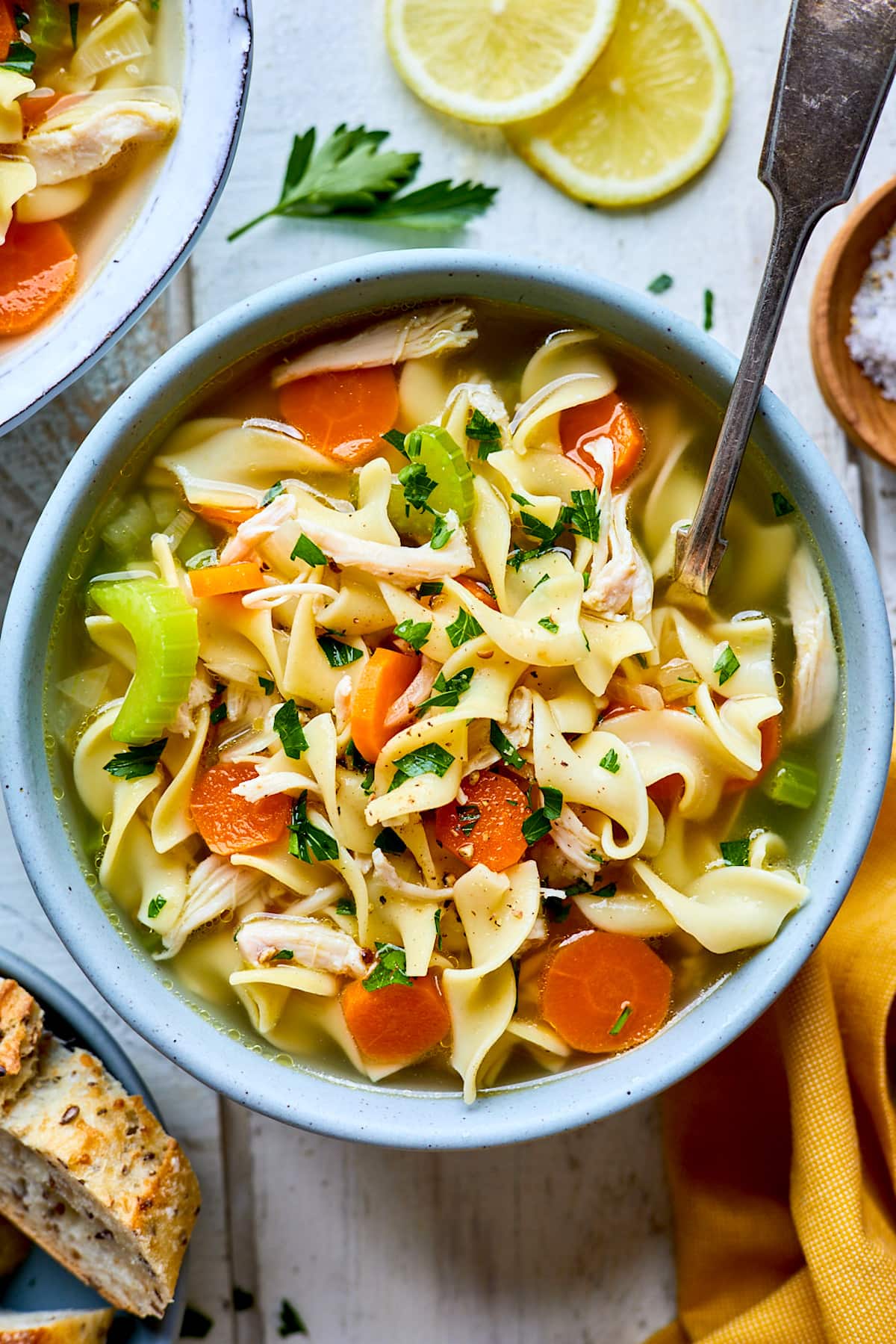
Chicken noodle soup. The very phrase evokes images of warmth, comfort, and a mother’s loving care. It’s a dish so ubiquitous, so deeply ingrained in our collective culinary consciousness, that its simplicity often overshadows its profound history and surprisingly complex nuances. Far from being just a simple broth with noodles and chicken, chicken noodle soup is a culinary chameleon, adapting to different cultures and palates while retaining its core essence of comforting goodness. This article delves into the rich history, diverse variations, health benefits, and the surprisingly sophisticated art of crafting the perfect bowl of this beloved soup.
A History Steeped in Tradition:
While pinpointing the exact origin of chicken noodle soup is impossible, its roots stretch back centuries. Ancient civilizations, lacking refrigeration, relied on broths as a way to preserve meat and utilize every part of the animal. The use of chicken, readily available and relatively easy to raise, made it a natural choice for these early broths. Noodles, in various forms, have also existed for millennia, appearing in different cultures independently. The combination of a nourishing broth, protein-rich chicken, and the satisfying chew of noodles likely emerged organically across various cultures, reflecting the shared human need for sustenance and comfort.
Evidence suggests that variations of chicken noodle soup existed in medieval Europe, with recipes incorporating readily available ingredients like herbs, vegetables, and grains. These early versions differed significantly from the modern iteration, often featuring thicker broths and less refined ingredients. The standardization of the dish, as we know it today, is largely a product of the 20th century, influenced by mass production, readily available ingredients, and the rise of packaged foods. However, the fundamental principles – a flavorful broth, tender chicken, and hearty noodles – have remained constant throughout its evolution.
A World of Variations:
The beauty of chicken noodle soup lies in its adaptability. While the basic components remain consistent, regional and cultural variations abound, reflecting the unique culinary traditions and available ingredients of different places. Consider these examples:
-
Jewish Penicillin: This affectionate nickname highlights the soup’s perceived medicinal properties, particularly its ability to soothe cold and flu symptoms. Ashkenazi Jewish cuisine features a rich, often matzah ball-laden version, emphasizing the comforting aspects of the dish. The addition of carrots, celery, and dill further enhances the flavor profile.
-
Asian-inspired variations: Southeast Asian cuisines incorporate ingredients like ginger, lemongrass, galangal, and chili peppers, creating a fragrant and spicy twist on the classic. Japanese versions may include miso paste for added umami, while Korean variations might feature kimchi for a tangy kick. Noodles can range from thin egg noodles to thicker rice noodles, depending on regional preferences.
-
Latin American influences: In Latin America, chicken noodle soup often incorporates elements like corn, cilantro, and various spices, reflecting the region’s diverse culinary heritage. The broth might be enriched with tomatoes or other vegetables, creating a vibrant and flavorful soup.
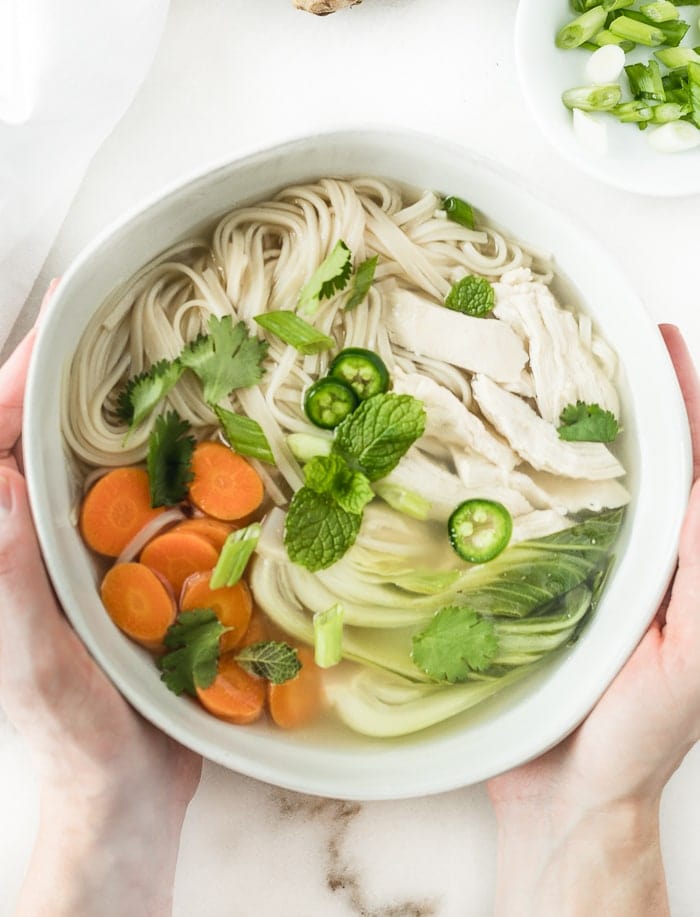
-
Italian-style brodo: Italian brodo, while not strictly "chicken noodle soup," shares a similar foundation. This clear, flavorful broth, often simmered for hours with chicken and vegetables, can be served with various pasta shapes, creating a lighter, more delicate version of the classic.
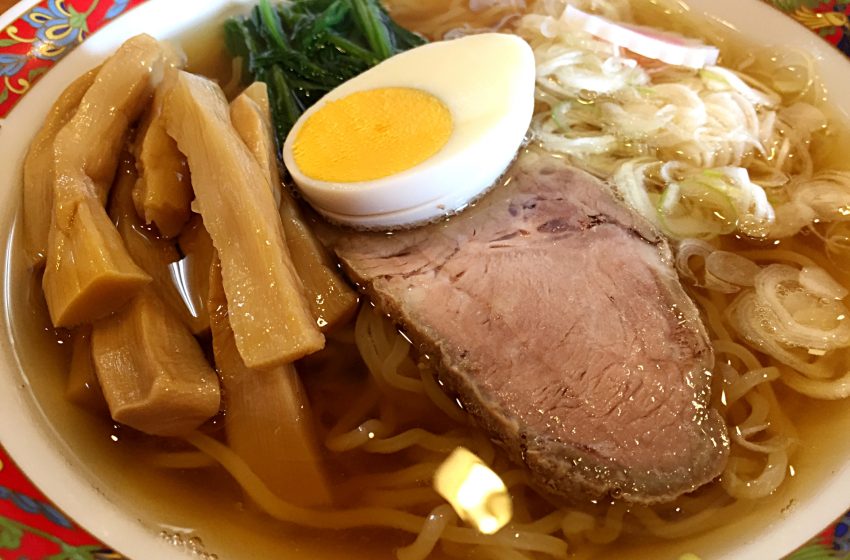
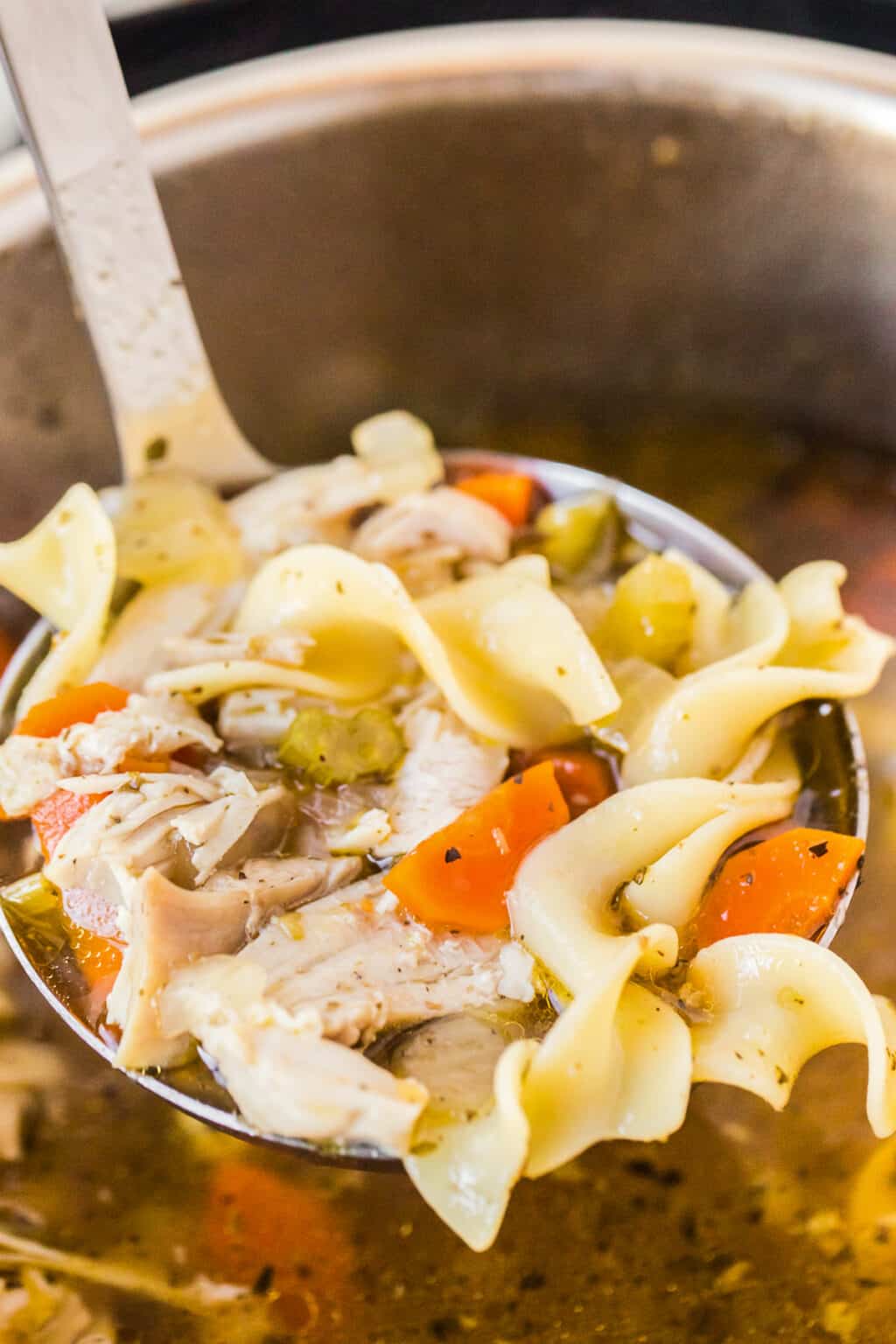
Beyond the Broth: The Science of Flavor:
The true magic of chicken noodle soup lies not just in its ingredients, but in the process of creating a deeply flavorful broth. This involves more than simply boiling chicken and vegetables; it’s a delicate balance of time, temperature, and technique.
-
Roasting the chicken: Roasting the chicken before simmering it in the broth adds a layer of depth and complexity. The Maillard reaction, which occurs when proteins and sugars are exposed to high heat, creates a rich, savory flavor that infuses the broth.
-
Simmering, not boiling: Gentle simmering extracts the maximum flavor from the bones and vegetables without making the broth cloudy or overly intense. A slow simmer allows the collagen in the bones to break down, creating a rich, gelatinous broth that adds body and texture.
-
Mirepoix: The classic combination of carrots, celery, and onions forms the aromatic base of many soups and stews, including chicken noodle soup. The mirepoix provides a subtle sweetness and savory depth that complements the chicken and noodles.
-
Herbs and spices: A judicious selection of herbs and spices can elevate the soup to new heights. Bay leaves, thyme, parsley, and black pepper are common additions, but experimentation with other herbs and spices can create unique and exciting flavor profiles.
Health Benefits: More Than Just Comfort Food:
Chicken noodle soup has long been associated with medicinal properties, particularly its ability to soothe cold and flu symptoms. While it’s not a cure-all, the soup offers several health benefits:
-
Hydration: The broth helps to rehydrate the body, which is crucial when battling illness.
-
Electrolyte replenishment: The soup contains electrolytes, which are lost through sweating and vomiting.
-
Nutrient-rich: Chicken is a good source of protein, while vegetables provide essential vitamins and minerals.
-
Anti-inflammatory properties: Certain ingredients, such as ginger and turmeric (in some variations), possess anti-inflammatory properties that may help reduce inflammation associated with illness.
-
Easy digestibility: The gentle simmering process makes the soup easy to digest, even when feeling unwell.
The Art of the Perfect Bowl:
Crafting the perfect bowl of chicken noodle soup is a blend of art and science. It’s about balancing flavors, textures, and the overall experience. Consider these factors:
-
Noodle selection: Different noodles offer different textures and mouthfeels. Egg noodles are a classic choice, but other options, like rice noodles, or even homemade noodles, can add variety.
-
Chicken quality: Using high-quality chicken, preferably bone-in, makes a significant difference in the flavor of the broth.
-
Vegetable choices: Experiment with different vegetables to add flavor and color. Parsnips, turnips, and leeks can add interesting nuances.
-
Garnish: A simple garnish, such as fresh parsley, a squeeze of lemon, or a sprinkle of black pepper, can elevate the presentation and flavor.
Conclusion:
Chicken noodle soup is more than just a comforting meal; it’s a testament to the enduring power of simple ingredients, carefully combined to create a culinary masterpiece. Its history is rich, its variations are endless, and its health benefits are undeniable. Whether enjoyed as a remedy for a cold, a comforting meal on a chilly evening, or simply a celebration of simple pleasures, chicken noodle soup continues to hold a special place in our hearts and on our tables. So, grab a spoon, settle in, and savor the humble hero of the culinary world.
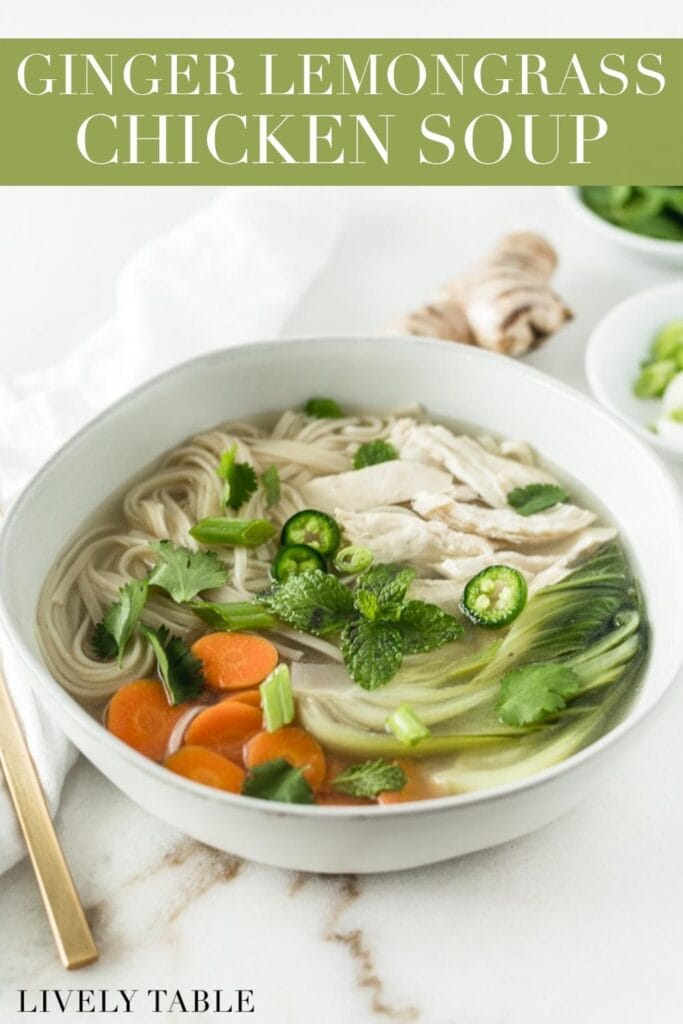
Penutup
Therefore, we hope this article has provided valuable insights on The Humble Hero: A Deep Dive into Chicken Noodle Soup. We hope you found this article informative and helpful. See you in our next article!

